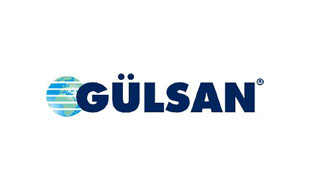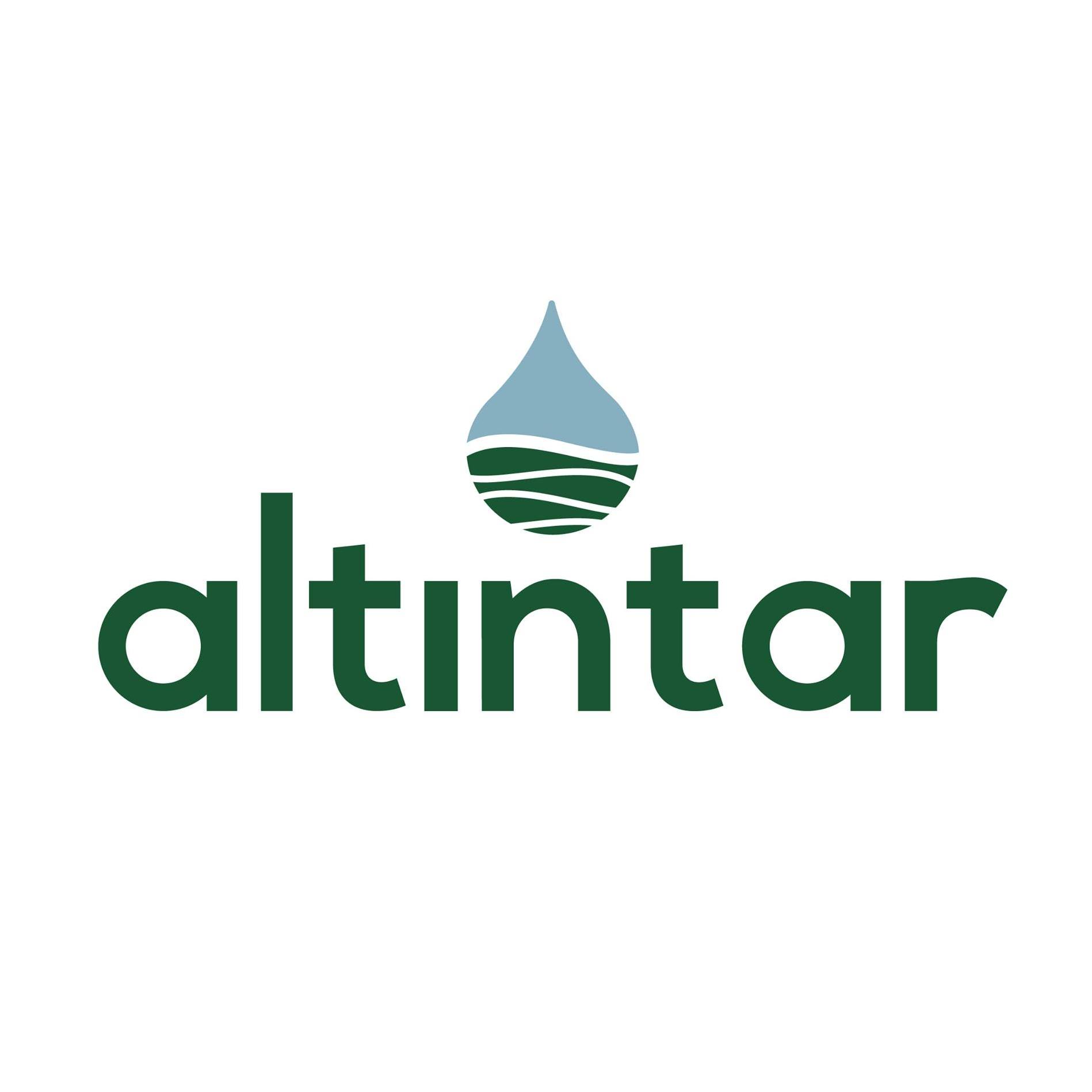Fertilizer Production Plant Equipment & Machines
Precision-Engineered, Robust Granulation Equipment & Machinery for Your Needs
We are here to
Deliver advanced-level fertilizer production plants.
As a full-service engineering partner, we design, fabricate, and commission complete NPK fertilizer granulation plants—delivering consistent and strong granules, ultra-low dust levels, and the industry’s best quality/price ratio having production lines. From 5 t/h pilot units to 50 t/h turnkey facilities, our in-house experts integrate process know-how with smart automation so you can ship premium product from day one.
- Granule-Uniformity
- In-House Fabrication
- Ultra-Low Dust
- As Built Documents after Delivery
Share your current land plan, and we'll design a 3-D drawing to animate you, the most suitable production plant, and send you a 48-hour quote complete with capacity, and equipment specs — no strings attached.
Overview of
Turnkey NPK Production Plant & Fertilizer Production Plant Solutions, Built for 24/7 Reliability
Drawing on 25 + years at the sharp end of fertilizer manufacturing, we now focus on squeezing every extra tonne—and every kilowatt-hour—out of your granulation line. Our modular pipe-reactor trains, low-energy fluid-bed dryers, and heat-recovery cyclones can trim overall utility costs by up to 20 %. Closed-loop recycle streams cut waste, while high-efficiency scrubbers and baghouses keep stack emissions comfortably below EU dust directives. Add in operator-friendly HMIs, predictive maintenance dashboards, and 24/7 remote diagnostics, and you have a plant that doesn’t just start fast—it stays lean, compliant, and profitable for decades.
6 Steps in Granular Fertilizer Production Plants
Dosing System
Precisely meters every solid or powder ingredient so the formulation keeps its exact recipe. Typical devices are loss-in-weight feeders or belt scales connected to a local PLC that alarms if any stream drifts outside tolerance.
Granulation
Nuclei pick up fines with the help of binder until the mixture shape into strong granules of different sizes. Rotating drum or pan could be used for such purpose.
Drying
Hot air passes through a rotary dryer to evaporate free moisture from the fresh granules, raising their crush strength and preparing them for classification.
Screening & Sifting
Vibrating or rotary screens classify the dried product into on-size granules, fines, and oversize. Fines go back to the granulator and oversize is routed to the crusher.
Crushing
A chain or hammer mill reduces the oversized granules from the screener into smaller particles so they can recycle as seed material in the granulation loop.
Cooling
A counter-current rotary cooler lowers the product temperature to near ambient, preventing condensation and caking during storage or bagging.
About
Our Processes
Latest Projects
Completed Fertilizer Facilities
Bolu NPK Production Plant 30 tons/hour
On going project, where phosphorus rich ash is turned into raw material to become granular NPK fertilizer.
Samsun NPK Production Plant 30 tons/hour
Fertilizer Production Plant, where steam granulation is performed along with great dust reduction.
Iskenderun 80 tons/hour twin NPK Production Plant
Twin facility where 3.6 m diameter drum selected to match high production capacity.
Antalya Micro Granular Fertilizer Production Plant 10 tons/hour
Micro granular fertilizer production plant, where sieves are selected specific to the process.
Mersin 15 tons/hour Bulk Blending Facility
Bulk Blending Facility, where every raw material is ground before achieving a high homogeneity blend.
Antalya Bulk Blending Facility 15 tons/hour
Fertilizer Production Plant, where steam granulation is performed along with great dust reduction.
We Design. We Build. You Grow.
From 3-D models that bring your ideas to life to precise 2-D drawings that guide our skilled craftsmen, we own every stage of the process. Our team delivers on spec and on schedule—whether you need a urea melter, a dust-control system, or a complete turnkey inorganic or organic fertilizer granulation plant. Whatever shape or formulation your fertilizer requires, we design and build the production line that makes it happen.
PARTNERS WHO TRUST CEYLAN












Let's start talking with us
Our value
Build smarter plants, together.
From first feasibility study to first ton out, we deliver digital-ready fertilizer and chemical-process lines—safer, leaner, and greener.
Seasoned Specialists
With more than 30 turnkey projects on the board, our multidisciplinary crew of process engineers, mechanical designers, and automation experts speaks both the language of the shop floor and the C-suite.
Industry 4.0 DNA
Digital twins, closed-loop AI dosing, and cyber-secure PLC/SCADA architecture come standard—maximising throughput while squeezing energy use and emissions.
Strong Partnership
24 / 7 remote monitoring, rapid-response field teams, and data-driven maintenance programmes keep your OEE above 95 % year-round.
Have more questions? Visit our FAQ page to find answers and learn more about our fertilizer plant solutions.